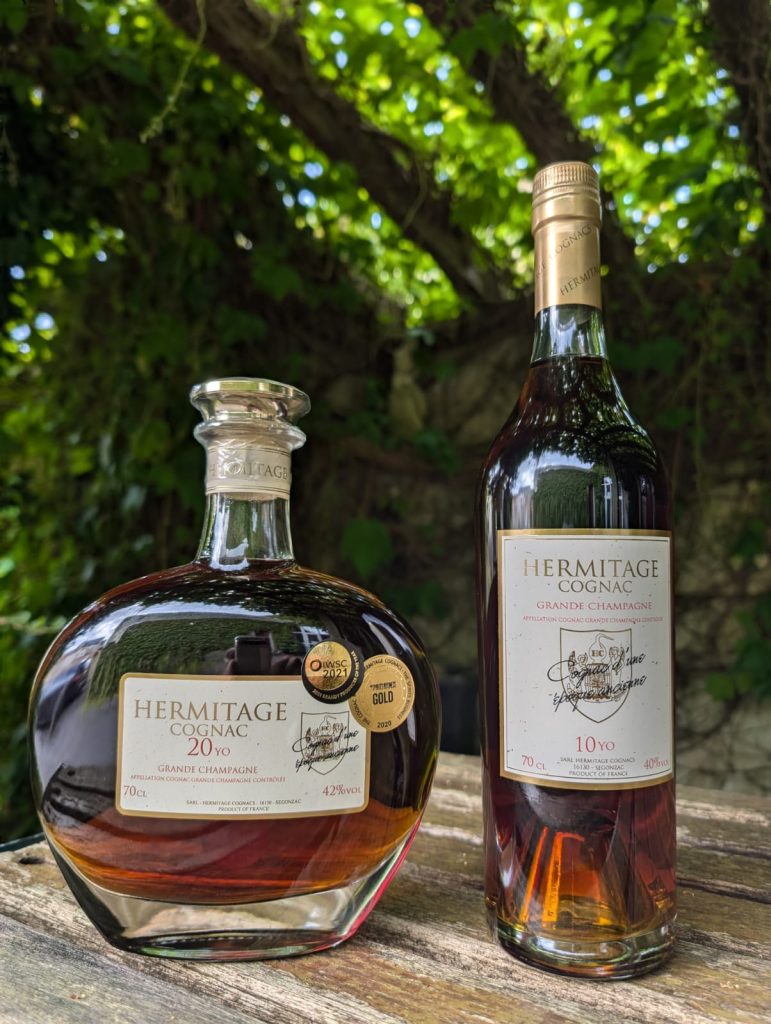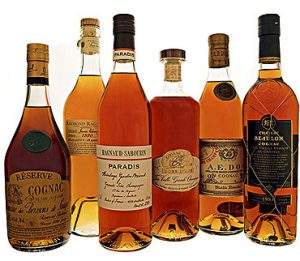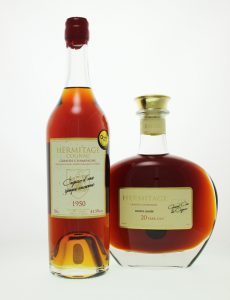Understanding VSOP and XO Cognac: A Deeper Dive into Age and Quality
When exploring the world of Cognac, two terms often encountered are VSOP (Very Superior Old Pale) and XO (Extra Old). These labels indicate the age of the youngest eau-de-vie in the blend—four years for VSOP and ten years for XO. However, the story behind these labels is far more nuanced, especially when considering the practices of major producers versus smaller, artisanal distillers.
The Reality of VSOP and XO Cognac
Historically, VSOP and XO cognacs represented significant quality and ageing. XO, in particular, used to indicate a blend where the average age was around 25 years. However, due to commercial pressures, many mass-produced XO cognacs today contain spirits that are much younger, often barely meeting the ten year minimum. This shift has led to a broad spectrum of quality within these categories, making it challenging for consumers to gauge the true value and character of the cognac they are purchasing.
Why Hermitage Cognac Stands Apart
At Hermitage Cognac, we have chosen to eschew these generic labels in favour of age statements and vintages. This decision is rooted in our commitment to authenticity and transparency. Unlike the large houses that blend hundreds of different eaux de vie, Hermitage focuses on single estate cognacs from the premier cru region of Grande Champagne. This ensures that each bottle offers a pure, unadulterated expression of the terroir and technique behind it.
Our entry level Hermitage 10 Year Old Grande Champagne Cognac is an exceptional choice. It is barrel aged for a minimum of ten years and is refined, luxurious and unblended, a spirit which far exceeds young generic blends with a minimum age requirement of only four years. In comparison, our 10 year old cognac offers a depth and complexity that only comes from much longer ageing in oak casks.
Hermitage 20 year old Grande Champagne Cognac has a minimum barrel age of 20 years, thus making it a superior choice to XO blends whose minimum age requirement is only 10 years in oak, it offers a richer, more intense and smoother flavour profile. Moreover, it is sourced entirely from a single estate in the Grande Champagne region, ensuring consistency and quality that is unmatched by generic XO cognac blends from larger producers.
The Benefits of Knowing the Age of Your Cognac
By choosing a cognac from Hermitage Cognac, you gain a deeper understanding and appreciation of what is in your glass. The age statement on our bottles is not just a number; it is a guarantee of the time, care, and expertise that have gone into producing each cognac. This transparency allows you to appreciate the true character of a well aged spirit, unblended and free from additives that mask the natural flavour.
Owning a bottle of Hermitage Cognac is more than just a purchase; it’s an investment in quality and tradition. Each sip offers a journey through decades of careful cellar ageing, reflecting the unique terroir of Grande Champagne. Whether enjoyed personally, given as a gift, or kept as an investment, a bottle of Hermitage Cognac is a testament to the highest standards of cognac production and an indulgence in the very best that this golden nectar has to offer.


 There are all manner of cognac classifications found on bottle labels, but what do they actually mean? Most of the generic terms below describe cognacs made by blending hundreds, or even thousands, of cognacs together to produce a vast quantity of a homogenous product for sale on supermarket shelves. As demand increases younger and younger cognacs are used in these blends so sugar syrup and caramel colouring are added to obscure the fieriness on the tongue and lack of appealing colour.
There are all manner of cognac classifications found on bottle labels, but what do they actually mean? Most of the generic terms below describe cognacs made by blending hundreds, or even thousands, of cognacs together to produce a vast quantity of a homogenous product for sale on supermarket shelves. As demand increases younger and younger cognacs are used in these blends so sugar syrup and caramel colouring are added to obscure the fieriness on the tongue and lack of appealing colour. Cognacs with
Cognacs with